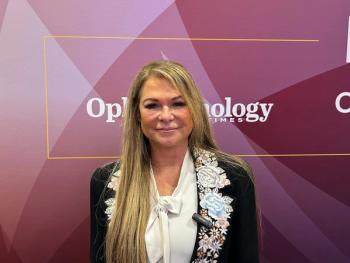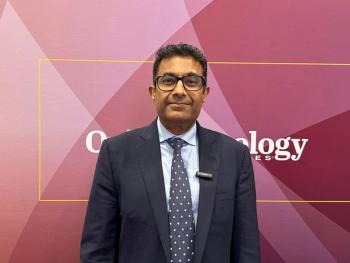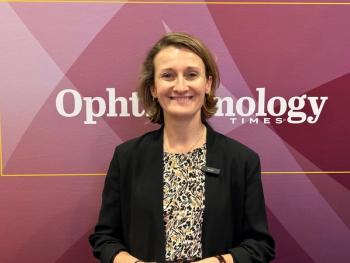
Refractive accuracy better after femtosecond laser-assisted cataract surgery
Femtosecond laser cataract surgery results in more predictable and accurate refractive outcomes compared with conventional phacoemulsification.
Chicago-Femtosecond laser cataract surgery results in more predictable and accurate refractive outcomes compared with conventional phacoemulsification, according to a study presented by Dan B. Tran, MD, at Refractive Surgery 2012.
The research included data from 190 eyes that underwent femtosecond laser surgery using a proprietary device (LenSx, Alcon) and a contemporary series of 131 eyes that had conventional phacoemulsification with manual techniques. All eyes had undergone uncomplicated surgery and had a postoperative BCVA of 20/25 or better, and all refractions were performed by a single examiner.
In the analysis of refractive accuracy to target, mean absolute spherical equivalent error (MAE) at 1 month was significantly less for the femtosecond laser group compared with the conventional surgery controls (0.36 versus 0.45 D). In addition, the percentage of eyes that achieved plano was significantly higher in the group having femtosecond laser cataract surgery compared with the controls (16% versus 4%).
Further analyses with eyes categorized by IOL platform (monofocal, multifocal, toric, and accommodating) also showed a statistically significant difference in the percentage of eyes that achieved a plano outcome that favored the femtosecond laser procedure for all IOL types. In particular, accommodating IOL recipients (Crystalens AO, Bausch + Lomb) benefited greatly from having femtosecond laser cataract surgery. For this subgroup and despite the small sample size, there were statistically significant differences favoring the femtosecond laser eyes over the conventional group in analyses of MAE (0.35 versus 0.51 D), percentage of eyes achieving plano (14% versus 0%), and percentage of eyes with a refractive outcome ±0.25 D of target (68% versus 31%).
“In the United States, the femtosecond laser is being used mostly for refractive surgery and so my interest was to look at the refractive outcomes of the procedure compared with conventional phacoemulsification,” said Dr. Tran, medical director, Coastal Vision Medical Group, Long Beach, CA.
“The femtosecond laser creates a well-centered capsulotomy that is consistent in size and shape and that appears to be important for improving the refractive outcomes, especially for an accommodative platform.”
In other analyses of data for the femtosecond laser group, Dr. Tran found excellent correlations between the pre- and postoperative anterior chamber depth as well as between the predicted effective lens position and the postoperative anterior chamber depth. He noted that the outcomes for these analyses were very consistent with data reported previously by Robert Cionni, MD, in a study using the same femtosecond laser platform.
Dr. Tran is a consultant and speaker for Alcon and Bausch + Lomb Surgical.
For more articles in this issue of Ophthalmology Times eReport,
Newsletter
Don’t miss out—get Ophthalmology Times updates on the latest clinical advancements and expert interviews, straight to your inbox.



















































.png)


